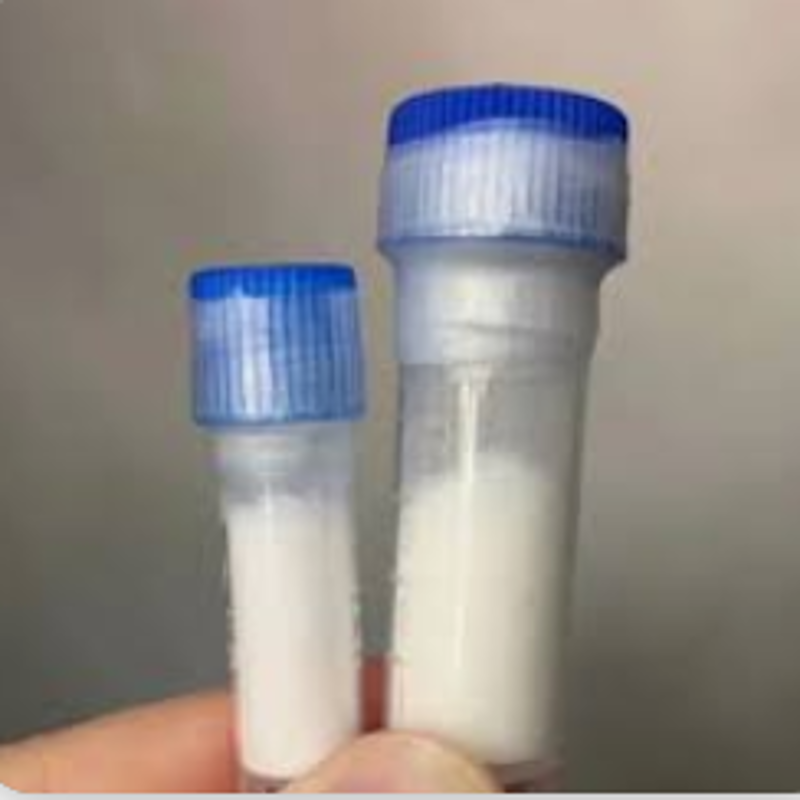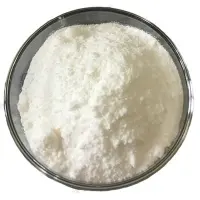-
Categories
-
Pharmaceutical Intermediates
-
Active Pharmaceutical Ingredients
-
Food Additives
- Industrial Coatings
- Agrochemicals
- Dyes and Pigments
- Surfactant
- Flavors and Fragrances
- Chemical Reagents
- Catalyst and Auxiliary
- Natural Products
- Inorganic Chemistry
-
Organic Chemistry
-
Biochemical Engineering
- Analytical Chemistry
-
Cosmetic Ingredient
- Water Treatment Chemical
-
Pharmaceutical Intermediates
Promotion
ECHEMI Mall
Wholesale
Weekly Price
Exhibition
News
-
Trade Service
1, 2020 /----- In a paper published in the journal Cell, researchers provide evidence that working memory is not neatly confined to one brain region, but requires the simultaneous activity of at least two brains.
findings challenge the long-held assumption that working memory is only part of the brain and help scientists identify its genetic and institutional basis.
, an early study has shown that a certain structure of the brain is associated with working memory," said Priya Rajasethupathy, a neuroscientist at Rockefeller University and lead author of the study.
" "Our new findings give us a more realistic insight into what these areas are and how they work.
research from the 1970s and 1980s traced the neural basis of working memory back to the pre-cortical cortical layer of the brain.
, neurons seem to be able to save information by collectively triggering seconds to minutes, much longer than the millisecond standard for individual neurons.
, this mechanism alone does not explain the complexity of working memory.
to further investigate this, Rajasethupathy's team worked with Praveen Sethupathy and his lab at Cornell University to explore the function of working memory in mice with specific genetic variants.
Sethupathy said: "Unlike standard laboratory mice, these mice have the same level of genetic diversity as humans, which means that some may be good at working memory tasks, others are not so much, and we can study the information physiology in their brains to cause this change."
labyrinth experiment, researchers found a gene that had a significant effect on the working memory of animals.
by enhancing its expression, they can turn a mouse from a mouse that was once shown by chance to a mouse that is right 80 percent of the time, or create more forgetful mice by blocking gene expression.
, the team studied how the gene, which is also present in other mammals and humans, affects the brains and behavior of mice.
the gene encodes the so-called "orphan-like" Gpr12, because it is not clear what molecules in the brain activate it.
surprised them, the researchers found that the subjects were not in the pre-frontal cortical cortical layer, the supposed location of working memory, but in neurons farther away in the brain's hyalurome.
receptors were about 2.5 times higher in the hyaltagis of highly efficient mice than in inefficient mice.
brain activity records show that these subjects help establish synchronized activity between the pasum and the pre-cortical cortical layer during working memory tasks.
researchers have found that this synchronity seems to be crucial to maintaining memory.
findings reveal the crucial role of dialogue between the frontal frontal frontal leaf and the pasum, expanding classical models and providing researchers with new ways to think about working memory.
Rajasethupathy and her colleagues plan to continue studying the details of the role of the Gpr12 subject, which could help develop potential therapeutic targets to treat working memory disorders.
(bioon.com) Source: A revised map of where working memory resides in the brain Original source: Kuangfu Hsiao et al, A Thalamic Orphan RecepTor Drives Variability in Short-Term Memory, Cell (2020). DOI: 10.1016/j.cell.2020.09.011.







